
India

Brief information
- Area 3,287,263 km 2
- Population 1,210,193,422
- Government Federal Parliamentary Constitutional Republic
- Currency Indian rupee
- Official languages Hindi, English
- Capital New Delhi

National Symbols of India
National animal National flower

- The Taj Mahal is a tomb built in the 17th century by Mughal ruler Shah Jahan in memory of his wife, Mumtaz Mahal.
- It is in the city of Agra, Uttar Pradesh, Republic of India. Widely thought of as one of the most beautiful buildings in the world, it is one of India's biggest tourist attractions.
- It was chosen as one of the New Seven Wonders of the World in 2007.
- The Taj Mahal is an example of Mughal architecture – a mixture of building design ideas from Islamic Indian, Persian (old Iran), and Muslim arts.
- Shah Jahan was going to build an identical black tomb for himself, but he died before he even began to build, and was entombed in the Taj Mahal with his wife.

Short history
- Many dynasties ruled India around the year 1000. Some of these were the Mughal , Vijayanagara, and the Maratha empires. In the 1600s, European countries invaded India, and the British controlled most of India by 1856
- In the early 1900s, millions of people peacefully started to protest. One of the people who were leading the freedom movement was Mahatma Gandhi, who only used peaceful tactics, including a way called "ahimsa", which means "non-violence". On 15 August 1947, India peacefully became free and independent from the British Empire.
- After 1947, India has pursued a socialist planned economy. It is one founding member of the Non-Aligned Movement and the United Nations. It has fought many wars since independence from Britain, including the ones in 1947-48, 1965, 1971, and 1999 with Pakistan and in 1962 with China. It also fought a war to capture Goa, a Portuguese-built port. But the Portuguese refused and so India had to use force and the Portuguese were defeated. India has also done nuclear tests in 1974 and 1998, and it is one of the few countries that has nuclear bombs. Since 1991, India has been one of the fastest-growing economies in the world.

Government
- India is the largest democracy in the world. Its government is divided into three branches: the Legislative (the one that makes the laws, the Parliament), the Executive (the government), and the Judiciary (the one that makes sure that the laws are obeyed, the supreme court).
- The Legislative branch is made up of the Parliament of India, which is located in New Delhi, the capital of India.
- The Executive branch is made up of the President, Vice President, Prime Minister, and the Council of Ministers. The President of India is elected for five years. The President can choose the Prime Minister, who has most of the power.
- The Judicial branch is made up of the courts of India, including the Supreme Court. The Chief Justice of India is the head of the Supreme Court.

Geography and climate
- For administration purposes, India has been divided into smaller pieces. Most of these pieces are called states, some are called union territories. States and union territories are different in the way they are represented. Most union territories are ruled by administrators sent by the central government. All the states, and the territories of Dehli, and Puducherry elect their local government themselves. In total, there are twenty-eight states, and seven union territories.

Education
- Education in India is provided by the public sector as well as the private sector, with control and funding coming from three levels: central, state, and local. The Nalanda University was the oldest university-system of education in the world. Western education became ingrained into Indian society with the establishment of the British Raj.
- Indian has made progress in terms of increasing primary education attendance rate and expanding literacy to approximately two thirds of the population. India's improved education system is often cited as one of the main contributors to the economic rise of India.
- However, Indian continues to face stern challenges. Despite growing investment in education, 25% of its population is still illiterate; only 15% of Indian students reach high school, and just 7%, of the 15% who make it to high school, graduate. The quality of education whether at primary or higher education is significantly poor as compared with major developing nations. As of 2008, India's post-secondary institutions offer only enough seats for 7% of India's college-age population, 25% of teaching positions nationwide are vacant.

- The Indian government lays emphasis to primary education up to the age of fourteen years (referred to as Elementary Education in India) The Indian government has also banned child labour in order to ensure that the children do not enter unsafe working conditions. However, both free education and the ban on child labour are difficult to enforce due to economic disparity and social conditions. 80% of all recognized schools at the Elementary Stage are government run or supported, making it the largest provider of education in the Country.

- A significant feature of India's secondary school system is the emphasis on inclusion of the disadvantaged sections of the society. Professionals from established institutes are often called to support in vocational training. Another feature of India's secondary school system is its emphasis on profession based vocational training to help students attain skills for finding a vocation of his/her choosing.

- India's higher education system is the third largest in the world, after China and the United States. The main governing body at the tertiary level is the University Grants Commission, which enforces its standards, advises the government, and helps coordinate between the centre and the state. Accreditation for higher learning is overseen by 12 autonomous institutions established by the University Grants Commission. In India, education system is reformed. In future, India will be one of the largest education hub.
- As of 2009, India has 20 central universities, 215 state universities, 100 deemed universities, 5 institutions established and functioning under the State Act,

- The education of women in India plays a significant role in improving livings standards in the country. A higher women literacy rate improves the quality of life both at home and outside of home, by encouraging and promoting education of children, especially female children, and in reducing the infant mortality rate. Several studies have shown that a lower level of women literacy rates results in higher levels of fertility and infant mortality, poorer nutrition, lower earning potential and the lack of an ability to make decisions within a household. Women’s lower educational levels is also shown to adversely affect the health and living conditions of children.

People
- Traditional Indian society is defined by a relatively strict social hierarchy. The Indian caste system embodies much of the social stratification and many of the social restrictions found in the Indian subcontinent. Social classes are defined by thousands of endogamous hereditary groups, often termed as jātis , or "castes".
- Family values are important in the Indian tradition. An overwhelming majority of Indians, with their consent, have their marriages arranged by their parents or other family members. Marriage is thought to be for life, and the divorce rate is extremely low. Child marriages are common, especially in rural areas; more than half of Indian females wed before reaching 18, which is their legal marriageable age.

- Traditional Indian dress varies in colour and style across regions and depends on various factors, including climate and faith. Popular styles of dress include draped garments such as the sari for women and the dhoti or lungi for men. Stitched clothes, such as the shalwar kameez for women and kurta – pyjama combinations or European-style trousers and shirts for men, are also popular. Use of delicate jewellery, modelled on real flowers worn in ancient India, is part of a tradition dating back some 5,000 years; gemstones are also worn in India as talismans.

- Indian cuisine features an unsurpassed reliance on herbs and spices, with dishes often calling for the nuanced usage of a dozen or more condiments; it is also known for its tandoori preparations. The tandoor , a clay oven used in India for almost 5,000 years, grills meats to an "uncommon succulence" and produces the puffy flatbread known as naan .
- Over time, as Vedic animal sacrifices were supplanted by the notion of sacred-cow inviolability, vegetarianism became associated with high religious status and grew increasingly popular, a trend aided by the rise of Buddhist and bhakti Hindu norms. India has the world's highest concentration of vegetarians. Common traditional eating customs include meals taken on or near the floor, caste- and gender-segregated dining, and a lack of cutlery in favour of the right hand or a piece of roti .

Religion
- India is the birthplace of Hinduism, Buddhism, Jainism and Sikhism, collectively known as Indian religions. Indian religions, also known as Dharmic religions are a major form of world religions along with Abrahamic one.

- Many Indian festivals are religious in origin; among them are Diwali, Ganesh Chaturthi, Thai Pongal, Navaratri, Holi, Christmas, and Vaisakhi. India has three national holidays which are observed in all states and union territories: Republic Day, Independence Day, and Gandhi Jayanti.


 Получите свидетельство
Получите свидетельство Вход
Вход




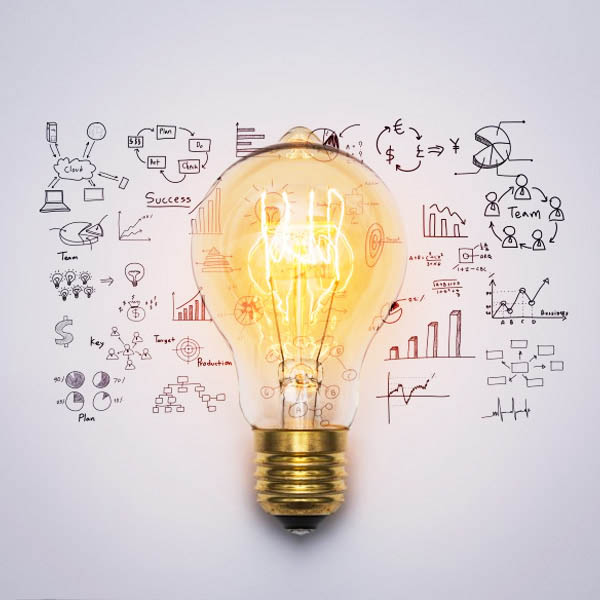
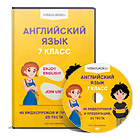
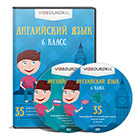



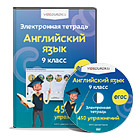

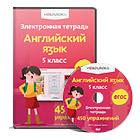
 All about India (4.56 MB)
All about India (4.56 MB)
 0
0 203
203 4
4 Нравится
0
Нравится
0


